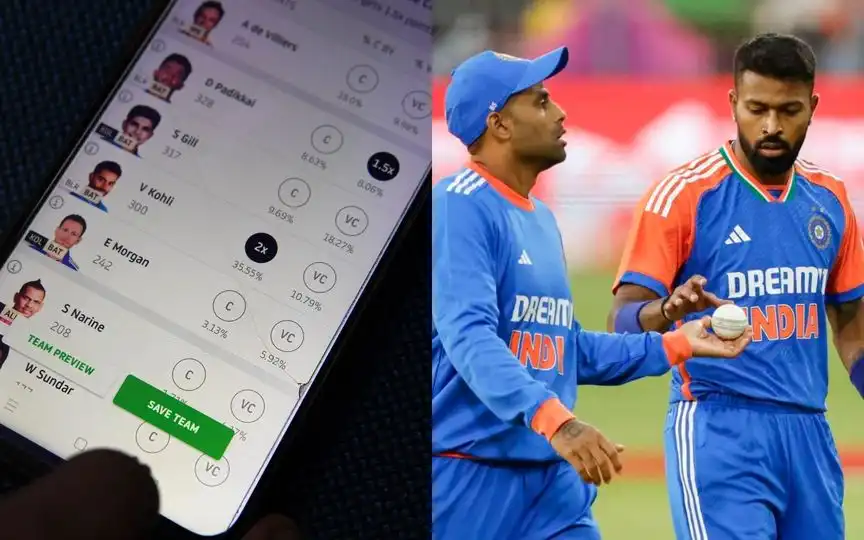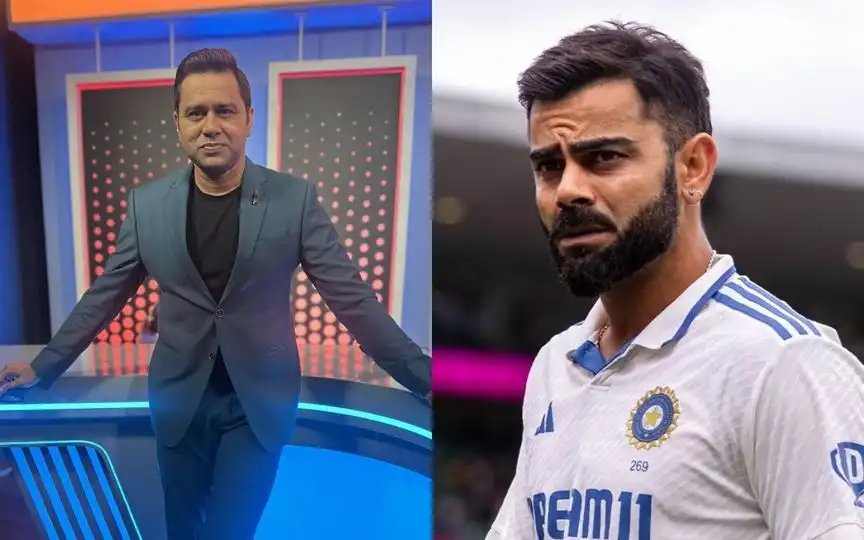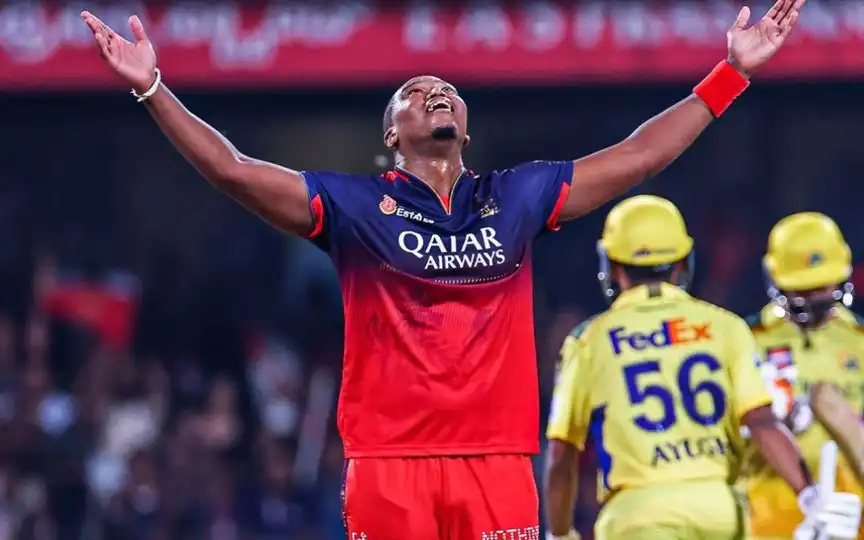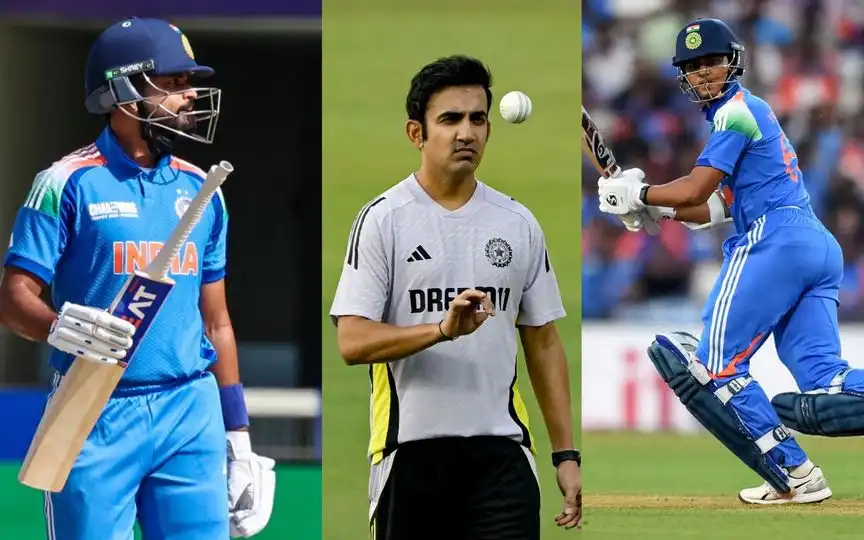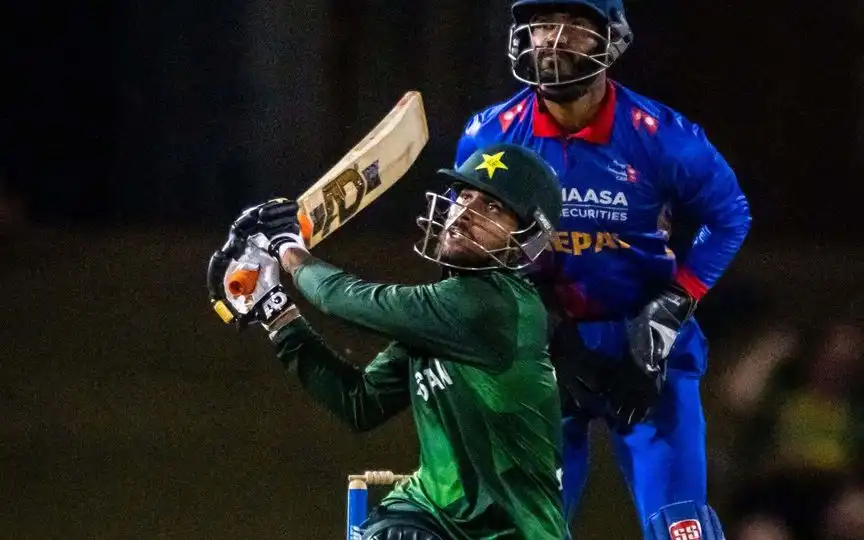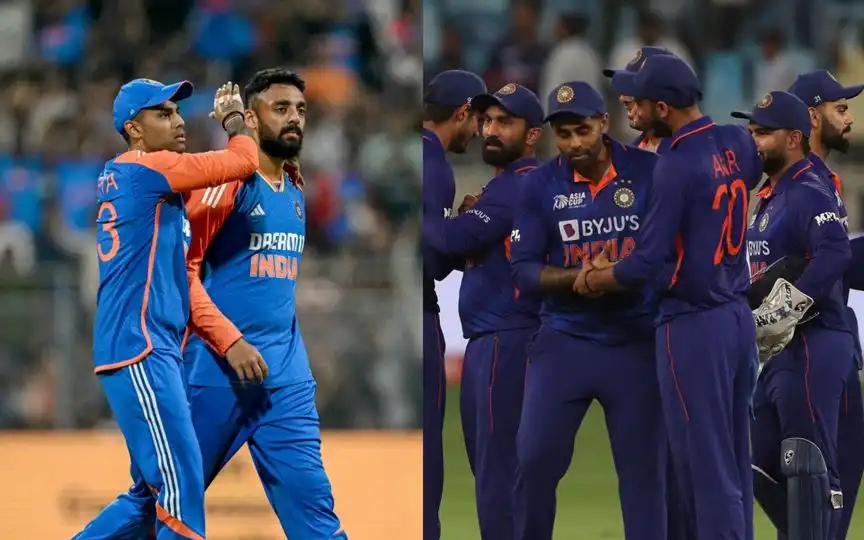![Team India's sponsors have had a troubled journey [Source: @rohanzemse,@AstroBoyAni, @anpadhCS/x.com]](https://onecricketnews.akamaized.net/parth-editor/oc-dashboard/news-images-prod/1755849160265_TeamIndiaJerseyCurse.jpg?type=hq) Team India's sponsors have had a troubled journey [Source: @rohanzemse,@AstroBoyAni, @anpadhCS/x.com]
Team India's sponsors have had a troubled journey [Source: @rohanzemse,@AstroBoyAni, @anpadhCS/x.com]
Indian cricket sponsorship has always been a goldmine for brands. The reach is massive, the eyeballs are guaranteed and the returns can be game-changing.
But there is also another side to this shiny coin. Call it coincidence, call it a curse or just plain bad luck, almost every brand that has sponsored Team India since the late 1990s has found itself in the firing line sooner or later. And now, Dream11 has walked straight into that same storm.
On August 21, the Rajya Sabha passed the Promotion and Regulation of Online Gaming Bill, 2025 and brought the curtains down on all forms of real-money gaming in India. For Dream Sports, the parent of Dream11, this means shutting down its RMG operations completely. Just like that, India’s jersey sponsor has been caught in a sticky wicket.
Let's take a look at how Team India’s jersey sponsors have risen and fallen over the years.
The Never-Ending Sponsor Curse
Wills
Wills was one of the first big names to splash across the Indian cricket jersey during World Cup 1996 and for a while, it felt like a match made in heaven. But when the government cracked down on tobacco advertising and put an end to surrogate promotions, Wills was clean bowled.
It wasn’t about their brand failing in the market, it was about the law tightening its grip. And just like that, Wills’ innings as Team India’s sponsor was cut short which left behind the first signs of what fans now call the “sponsor jinx.”
Sahara
No sponsor had as emotional and long a run with Indian cricket as Sahara. From the early 2000s to 2013, their name became synonymous with the Indian team jersey. But their downfall was straight out of a scandalous script.
Sahara raised around INR 24,000 crore from 30 million investors through questionable schemes. By 2012, SEBI cracked down, demanding deposits. Non-compliance led to Subrata Roy’s arrest in 2014. Even after Roy’s death in 2023, the Supreme Court is still chasing recovery for duped investors.
Star India
Star India was a powerhouse in broadcasting and seemed like the perfect partner for BCCI. They had the reach, the brand power and the money to make it work. But their stint as a jersey sponsor was shorter than expected. Two things tripped them up: contract clauses that tied their hands and a tricky conflict of interest, since they were both broadcasters and sponsors.
Add to that some uncertainty between ICC and BCCI over revenue sharing and Star India decided to play safe and walk off. On top of that, Walt Disney’s India business began wobbling, Hotstar struggled and the Competition Commission of India even probed Star for abuse of dominance. The result? They decided to end the association.
OPPO
When OPPO signed up in 2017, they came in swinging. The Chinese phone maker shelled out a staggering INR 1,079 crore for a five-year deal (2017–2022). For a while, their green logo was everywhere, representing the new wave of consumer tech sponsors.
But in 2019, OPPO quietly transferred its rights to BYJU’S, cutting short the deal after just two years. Why? Poor ROI, patent disputes with Nokia and InterDigital and rising anti-China sentiment post the Galwan clashes in 2020.
BYJU’S
BYJU’S story is one of hype turning sour. The ed-tech giant went all-in on marketing, spending massive sums, over 30% of revenue, just to keep its name in lights. For a while, it worked. They had the Indian jersey, global recognition and a booming brand image. But behind the scenes, cracks were showing.
Questionable accounting, reckless fundraising and an unsustainable model meant the walls eventually caved in. Sponsoring Indian cricket didn’t sink them, their own misfiring strategies did.
Dream11
The latest name to join the infamous list is Dream11. In 2023, Dream11 entered the scene, signing a INR 358 crore deal till 2026. They were already the biggest name in fantasy cricket, so putting their brand on the Indian jersey looked like a natural step But in less than two years, they are facing the heat.
First, GST authorities slapped them with tax demands reportedly touching INR 1,200 crore. Now, with the Online Gaming Bill 2025 banning all real-money games, Dream11’s entire model has been thrown into jeopardy. From being the torchbearer of India’s fantasy sports revolution, they suddenly find themselves at risk of becoming another entry in the long list of jinxed sponsors.
Is It Really A Curse Or Just Bad Business Calls?
Now, let’s cut through the noise. Is this really a jinx or are we just looking at a series of bad strokes? Truth is, most of these exits weren’t about the sponsorship itself.
Wills was about tobacco laws. Sahara’s downfall was a scam. Star India had contract handcuffs. OPPO suffered from geopolitics. BYJU’S ran itself into the ground with reckless spending. And Dream11? That is regulation, plain and simple.
So maybe it is not that Team India’s jersey is cursed. Maybe it is just that when the limelight is this bright, every mistake, every misstep and every deal gets amplified.
